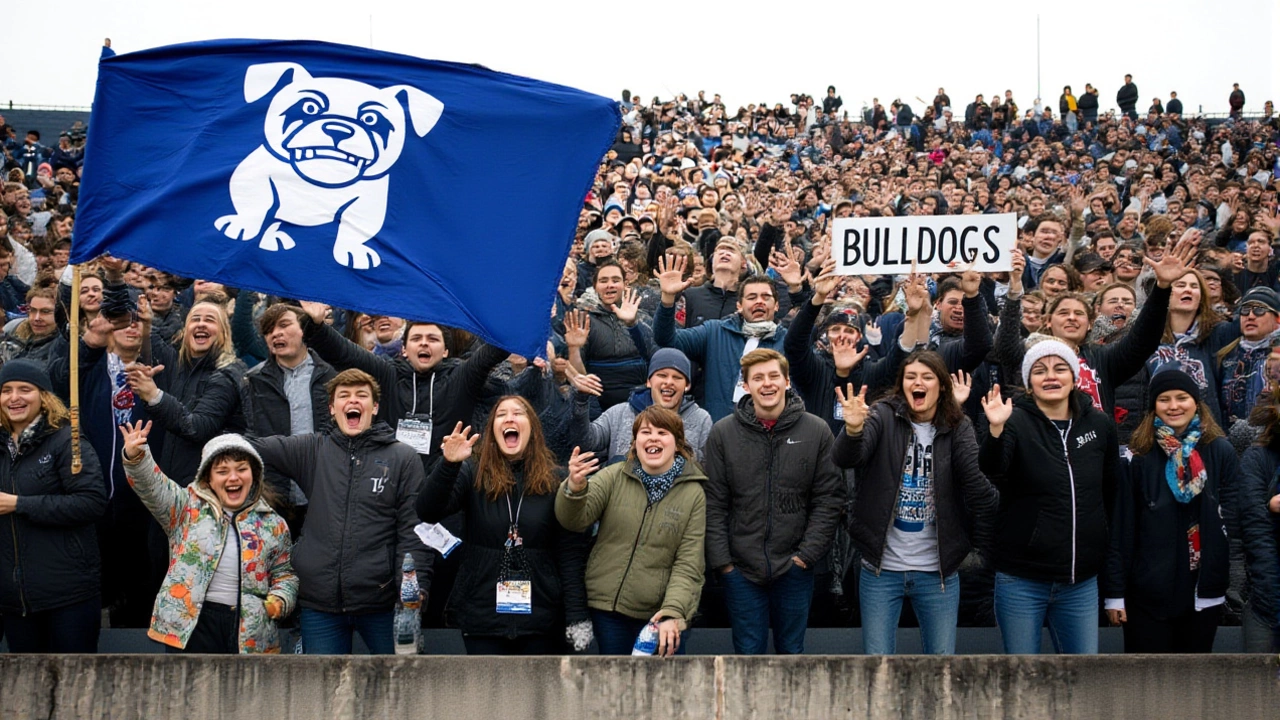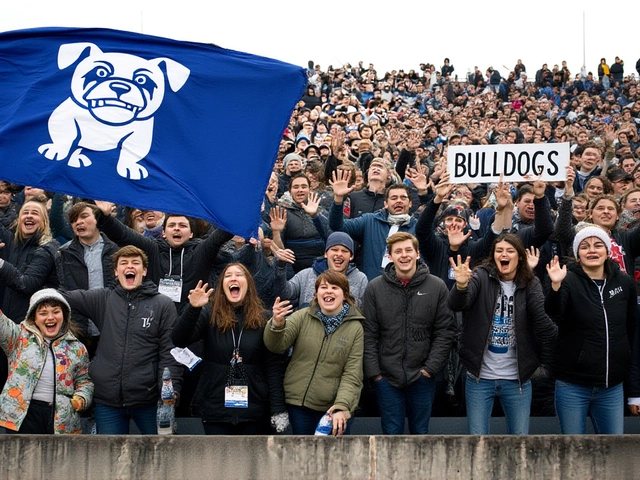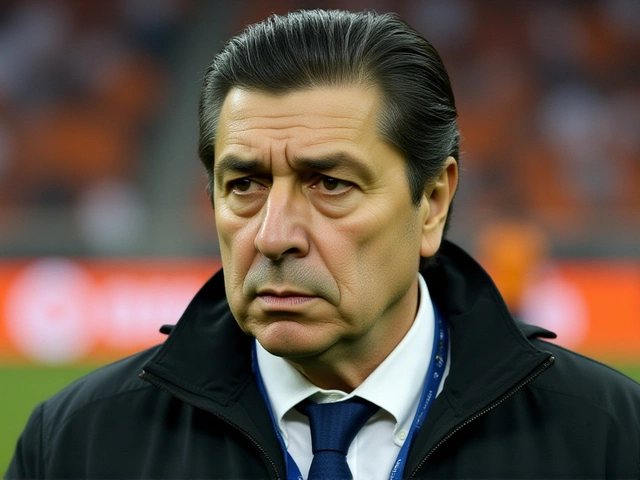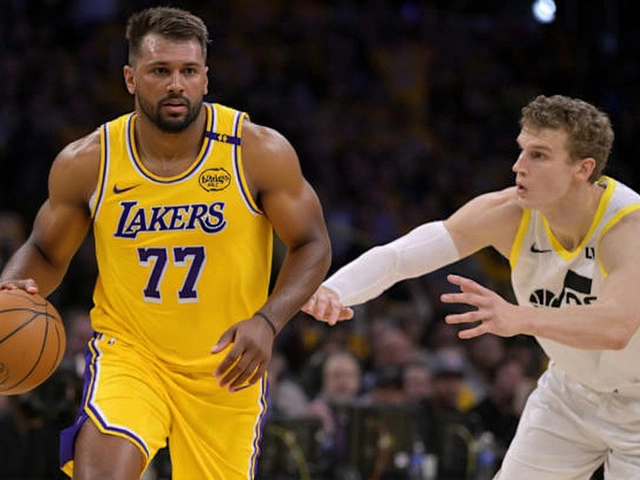The Yale Bulldogs didn’t just win The Game — they rewrote its script. On November 22, 2025, at the historic Yale Bowl in New Haven, Connecticut, the No. 25 Bulldogs stunned the No. 10 Harvard Crimson 45-28 in the 141st edition of college football’s oldest rivalry, clinching the Ivy League’s automatic bid to the NCAA Division I Football Championship Subdivision (FCS) playoffs on a head-to-head tiebreaker. It wasn’t just a win. It was a statement — and a season-saver — delivered by a rushing attack that refused to be stopped and a quarterback who turned pressure into poetry.
The Run That Broke Harvard’s Back
Josh Pitsenberger didn’t just carry the ball — he carried Yale’s hopes on his back. The senior running back took 38 carries for 143 yards and three touchdowns, including an 8-yard plunge early in the second quarter that marked his 35th career rushing score, moving him past legendary backs to second on Yale’s all-time list. He added another from the 1-yard line, then sealed the deal with a 4-yard burst late in the third. That third score pushed Yale ahead 38-14, and suddenly, Harvard’s perfect season dream was gasping for air.
“He’s the kind of guy you build a team around,” said Yale head coach Tony Reno after the game. “Not flashy. Not loud. Just relentless.” And that’s what made it so hard to stop. Harvard’s defense, ranked top-10 in the FCS against the run, had no answer. The Crimson managed just 94 total rushing yards — a season low — while Pitsenberger averaged 3.8 yards per carry on a day when every yard felt like a victory.
Dante Reno’s Quiet Masterpiece
Don’t let the name fool you — quarterback Dante Reno wasn’t related to the coach, but he played like he was born for this moment. With Harvard’s secondary blitzing early, Reno calmly dissected them. He finished 19-of-27 for 273 yards and three touchdowns, none more clutch than the 42-yard strike to wideout Malik Johnson just before halftime — a play that turned a 21-14 lead into a psychological dagger. He didn’t throw an interception. He didn’t panic. He just kept delivering.
“We knew they’d bring heat,” Reno said postgame. “So we stayed patient. We knew Josh was going to get his. We just had to make sure the defense stayed honest.” And it worked. Harvard’s linebackers bit on play-action so often, they left the deep middle open like a gift.
Harvard’s Desperate Surge — Too Little, Too Late
It wasn’t for lack of effort from Jaden Craig. The Crimson’s quarterback threw for 266 yards and three touchdowns — two to Ryan Tattersall, one to tight end Brady Blackburn — and even added a dazzling 26-yard scramble to cut the lead to 38-28 late in the fourth. But every time Harvard clawed back, Yale answered.
Harvard’s offense was electric through the air. But on the ground? A ghost. They averaged 2.9 yards per carry. Their offensive line, one of the Ivy’s strongest all season, was dominated by Yale’s front seven, led by linebacker Elijah Carter, who had two sacks and five tackles for loss. “We were outmuscled,” admitted Harvard head coach Tim Reilly. “And when you’re playing a team that’s playing with house money, that’s dangerous.”
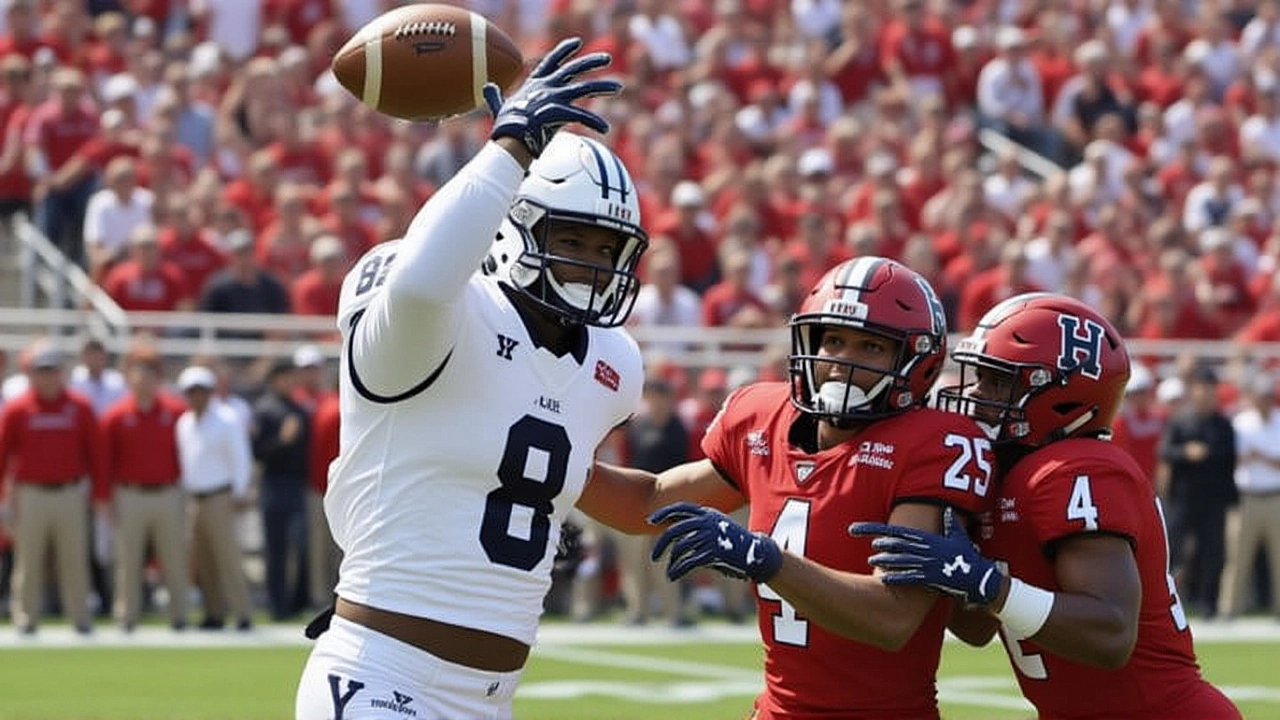
The Tiebreaker That Changed Everything
Here’s the twist: Harvard and Yale both finished 6-1 in the Ivy League. Both had nine wins. Both were ranked in the top 25. But only one would go to the FCS playoffs. And that one? The team that won the game between them.
It’s a rule that’s been in place since 2019 — head-to-head wins override overall record in Ivy League tiebreakers. So when Pitsenberger crossed the goal line with 1:14 left in the third, he didn’t just score a touchdown. He sealed Harvard’s fate. The Crimson’s bid for their first undefeated season since 2014 evaporated in the New Haven chill. For Yale, it was the culmination of a six-game winning streak — their longest since 2009 — and their first playoff berth since 2021.
A Rivalry That Runs Deeper Than Football
This wasn’t just another game. It was The Game — a tradition dating back to 1875, the third-most-played rivalry in NCAA history. Yale now leads the all-time series 72-61-8, a margin that’s widened with each passing decade. The day before the main event, Yale’s residential colleges faced off against Harvard’s house teams in a tradition as old as the rivalry itself — a quiet, almost ceremonial buildup to the chaos of Saturday.
“It’s not just about who wins on the field,” said Yale senior and history major Lila Chen, who wore her great-grandfather’s 1958 game jersey. “It’s about who gets to say they beat Harvard. And this year? We got to say it on the biggest stage.”
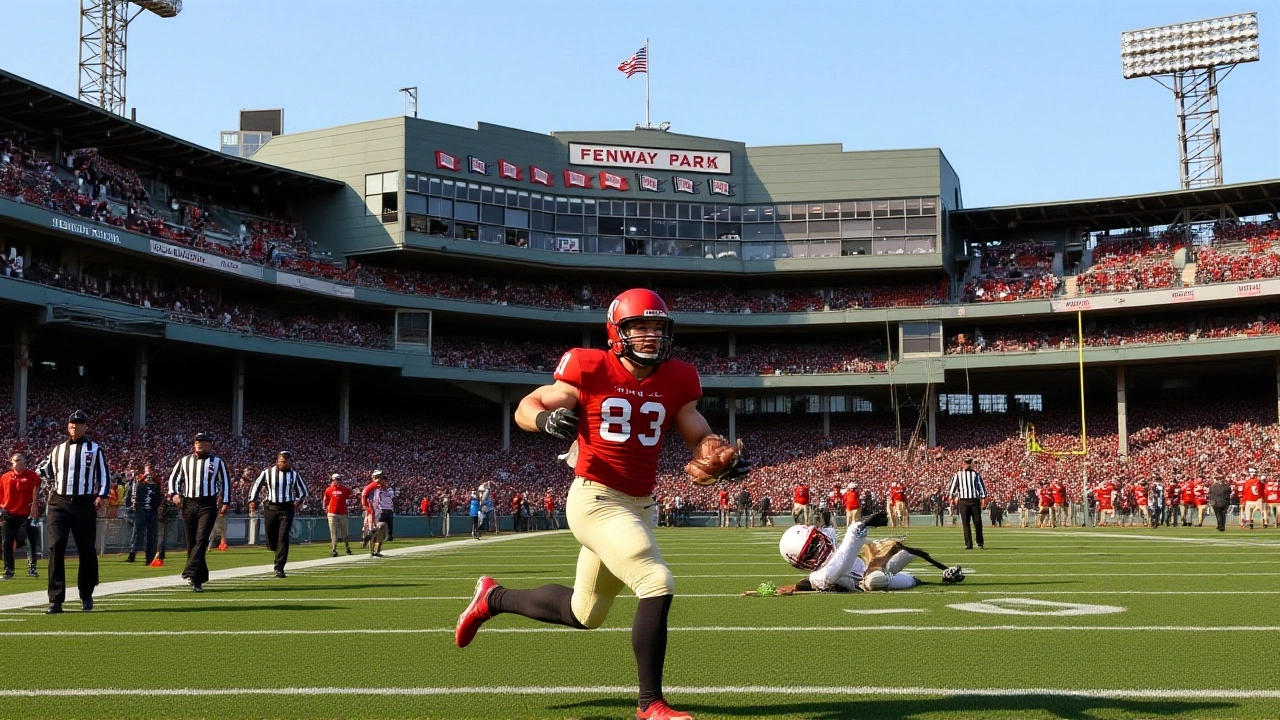
What’s Next for Yale and Harvard?
Yale will now prepare for the FCS playoffs, where they’ll likely face a top-seeded team like North Dakota State or South Dakota State — a daunting task, but one they’ve earned. The Bulldogs’ defense, which held Harvard to 377 total yards (well below their season average), will need to tighten further. But with Pitsenberger and Reno in rhythm, they’ve got the weapons.
For Harvard, the road is harder. The Crimson will have to wait until next season to reclaim their dominance. Their recruiting class, ranked No. 1 in the Ivy League, remains intact. But the sting of this loss — of missing perfection, of losing the tiebreaker — will linger. “We’ll be back,” Craig told reporters. “But this one? This one hurts.”
Frequently Asked Questions
How did Yale secure the FCS playoff bid despite having one fewer win than Harvard?
The Ivy League uses a head-to-head tiebreaker for playoff qualification. Even though Harvard finished 9-1 overall and Yale 8-2, Yale won the direct matchup between the two teams — 45-28 — giving them the automatic bid. This rule has been in place since 2019 to prioritize conference game results over overall records in tied standings.
Why was Josh Pitsenberger’s 35th career rushing touchdown so significant?
Pitsenberger’s 35th rushing touchdown moved him past former All-American running back George H. W. Bush (no relation) into second place on Yale’s all-time list, behind only Tony Dorsett’s 38. Only two Yale backs in over 140 years of football have reached that mark. His consistency — 1,000+ rushing yards for the third straight season — cements him as one of the program’s all-time greats.
What was the historical context of this year’s The Game?
The 141st meeting marked the first time since 2014 that both teams entered the rivalry with identical conference records and a playoff berth on the line. Harvard hadn’t been undefeated since 2014, and Yale hadn’t won the tiebreaker since 2021. The game also coincided with the 50th anniversary of the Yale Bowl’s 1975 renovation, making it one of the most symbolic editions in the rivalry’s 150-year history.
How did Harvard’s rushing attack fail so badly?
Yale’s defensive line, anchored by senior tackle Marcus Rivera, consistently collapsed the pocket and forced Harvard into predictable passing situations. The Crimson’s top running back, Jalen Moore, was held to just 18 yards on 11 carries. Yale’s linebackers also played aggressively, overloading the box on early downs — a strategy that paid off as Harvard’s offense became one-dimensional, allowing Yale to focus on stopping Craig’s deep throws.
What does this mean for Ivy League football’s national perception?
Yale’s win over a top-10 team — the first by an Ivy League school since Princeton beat then-No. 19 Richmond in 2022 — proves the league can compete at the FCS level. With two teams finishing 8-2 or better and both in the AP Top 25, it signals a resurgence. The Ivy League’s automatic bid to the FCS playoffs is no longer a formality — it’s a legitimate path to the national stage.
Will this game be remembered as one of the greatest in The Game’s history?
Absolutely. With two top-25 teams, a playoff berth on the line, a record-setting rushing performance, and a dramatic final score, it ranks among the top five most consequential games since 1980. ESPN’s “College GameDay” crew called it “the most meaningful Ivy League game in a decade.” The fact that it happened in front of 32,000 fans at the Yale Bowl — a stadium that’s hosted presidents and poets — only adds to its legacy.
